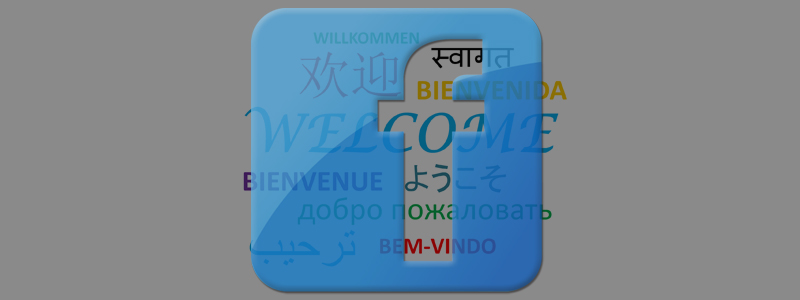IT Info
Understand Trend
Facebook Researchers find Maths Vector as Better for Language Translations

Using mathematics could become a new and better way to design language translation tools, as most systems rely on dictionaries to make a foreign language readable.
Automatic language translation is more than necessary to an international product or service provider who relies on the internet for communication or transactions. Giants such as Facebook, Google, Microsoft, Russia's Yandex and China's Baidu are constantly looking to improve their translation tools for more accuracy and globalization.
This can be brought down to businesses or organizations within a country such as Nigeria with the need to deliver online services or products in audience specific languages.
For Facebook, it has artificial intelligence experts on the quest for better translation systems at one of its research labs in Paris.
The research team recently found that rendering words into figures and exploiting mathematical similarities between languages is a promising avenue to translation tool design.
Why a new solution?
Currently, automatic translation is based on having large databases of identical texts in both languages and work on matching them. Unfortunately, there isn’t enough word pairs for so many languages to always attain fair translations.
Hence, researchers are now looking for a new method that will not just do a parallel translation but work with associated words where necessary, for better understanding.
How does mathematics help to improve machine translation?
Facebook AI research team has just introduced a new machine translation method that involves mathematical representation for words.
Using mathematical representation, each word becomes a vector in a space of several hundred dimensions. Words that have close associations in the spoken language also find themselves close to each other in this vector space, attaining a map.
These language maps can then be linked to one another using algorithms which are at first roughly placed, but eventually becomes more refined, until entire phrases can be matched without too many errors.
“For example, if you take the words ‘cat’ and ‘dog’, semantically, they are words that describe a similar thing [animal or pet], so they will be extremely close together physically [in the vector space],” said Guillaume Lample, one of the system's designers.
With several hundreds of thousands phrases, Lample said that the results are already promising.
A conceptual revolution?
Yes, the approach Facebook researchers have taken may not result in perfect translations, but could produce useful results that beats the current methods.
For Thierry Poibeau of CNRS's Lattice laboratory, the word vector approach is “a conceptual revolution”.
“Translating without parallel data [dictionaries or versions of the same documents in both languages] is something of the Holy Grail,” adds Poibeau.
Conclusion
The promise of using mathematical vector to generate an idea of the original text, even without exact or parallel text from the secondary database is a thrilling concept. For scholars, they may want to look deeper into this method and improve it into something local and more accurate, as maps are generally powerful in machine learning or generating meaningful contents.










